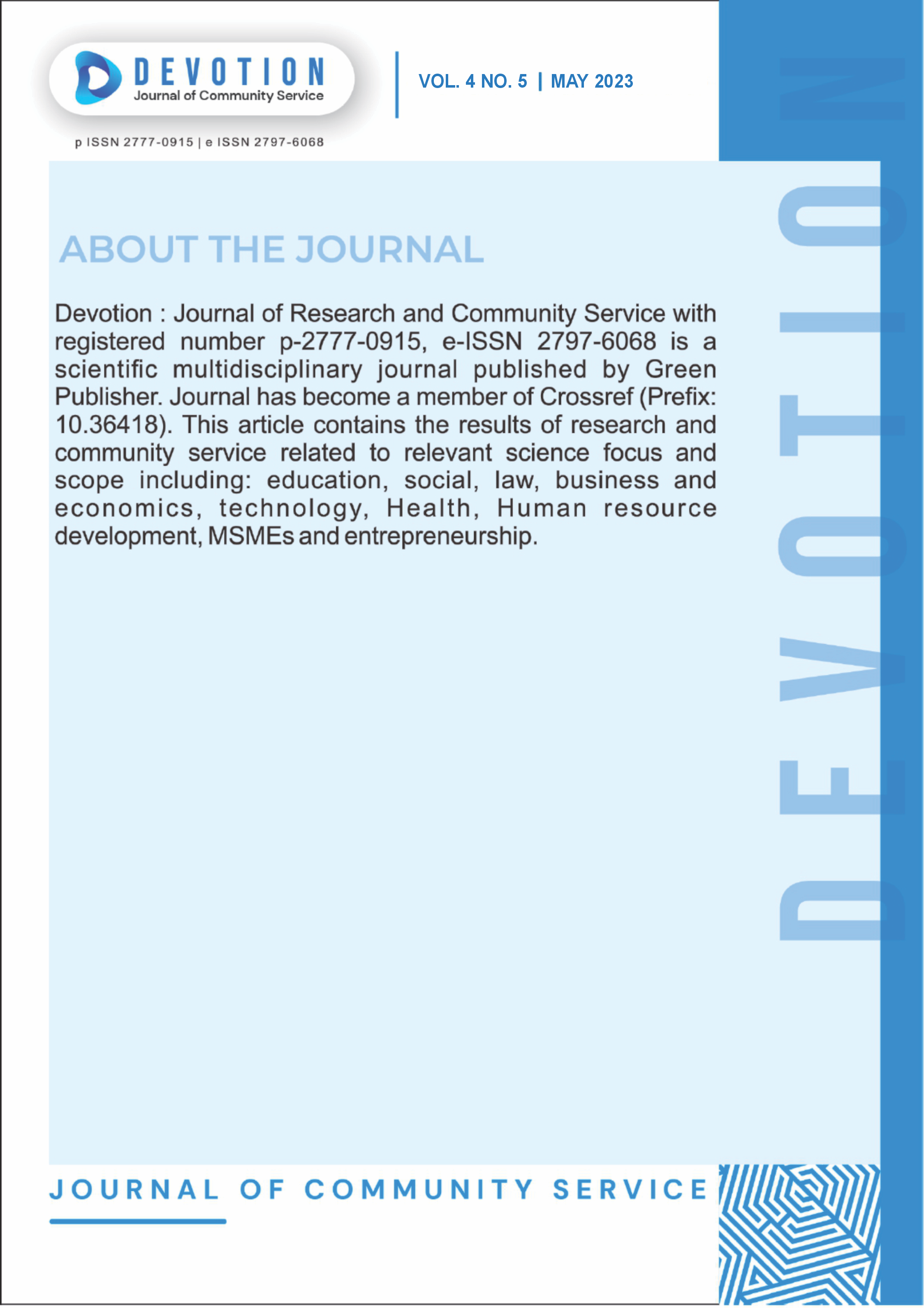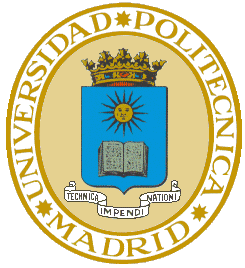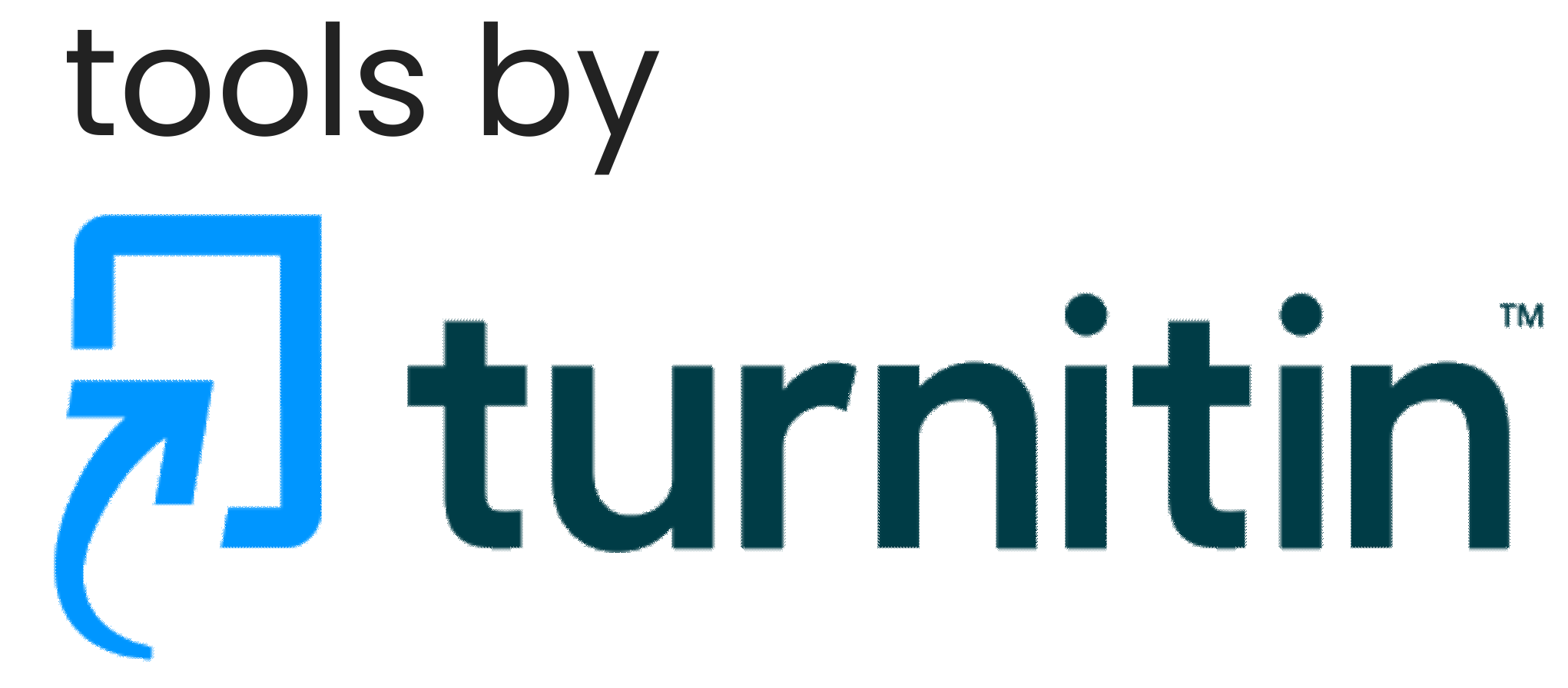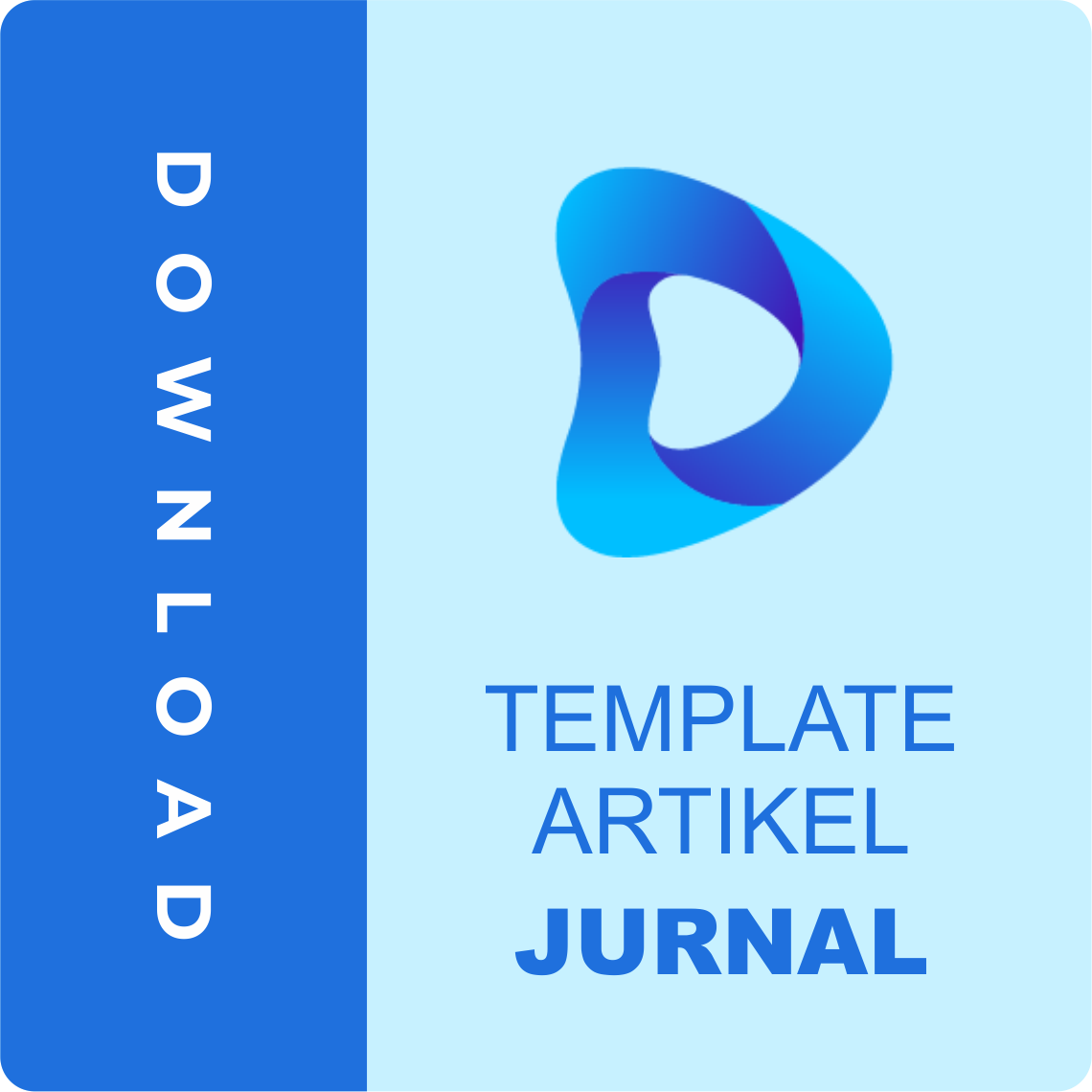Production Quality Control as An Important Factor to Meet Buyer Quality Standards at The Garment Company PT. Sukabumi Single Estuary
DOI:
https://doi.org/10.59188/devotion.v4i5.432Keywords:
Quality control; quality standards; achievement of quality standardsAbstract
The objectives of this study were achieved through the use of qualitative descriptive analysis, quantitative statistical ana-lysis, and quality control. To meet the quality target set by the Buyer, which is below 1.9%, it is necessary to know how many types of defects are found in the Finishing section and in the Final Inspection and how to reduce defects through the use of control strategies and methods applied by PT. Single Estuary. The data for this study comes from the statistics of production and damage to the Finishing department between May and August. Based on the findings of the study, it can be said that the implementation of quality control in this enterprise has been carried out quite successfully, with a noticeable improvement and a good quality improvement and is worthy of appreciation. These results show the seriousness or level of commitment of the management of PT. Muara Tunggal to continuously improve the quality according to the requests of buyers or buyers. The reduction in defects was first seen in early September 2022 with a defect rate of around 1.4%. Regarding the recommendations that can be made based on the findings, these include selecting raw materials according to Buyer's standards, hiring skilled labor, maintaining strict work ethics, providing training to employees to improve their skills, maintaining machines regularly, and improving neatness, comfort, and a safe workplace.
Published
Issue
Section
License
Copyright (c) 2023 Tuti Wiyanti, Fitrina Lestari, Yoedani Yoedani, Yusuf Iskandar

This work is licensed under a Creative Commons Attribution-ShareAlike 4.0 International License.
Authors who publish with this journal agree to the following terms:
- Authors retain copyright and grant the journal right of first publication with the work simultaneously licensed under a Creative Commons Attribution-ShareAlike 4.0 International. that allows others to share the work with an acknowledgement of the work's authorship and initial publication in this journal.
- Authors are able to enter into separate, additional contractual arrangements for the non-exclusive distribution of the journal's published version of the work (e.g., post it to an institutional repository or publish it in a book), with an acknowledgement of its initial publication in this journal.
- Authors are permitted and encouraged to post their work online (e.g., in institutional repositories or on their website) prior to and during the submission process, as it can lead to productive exchanges, as well as earlier and greater citation of published work.













